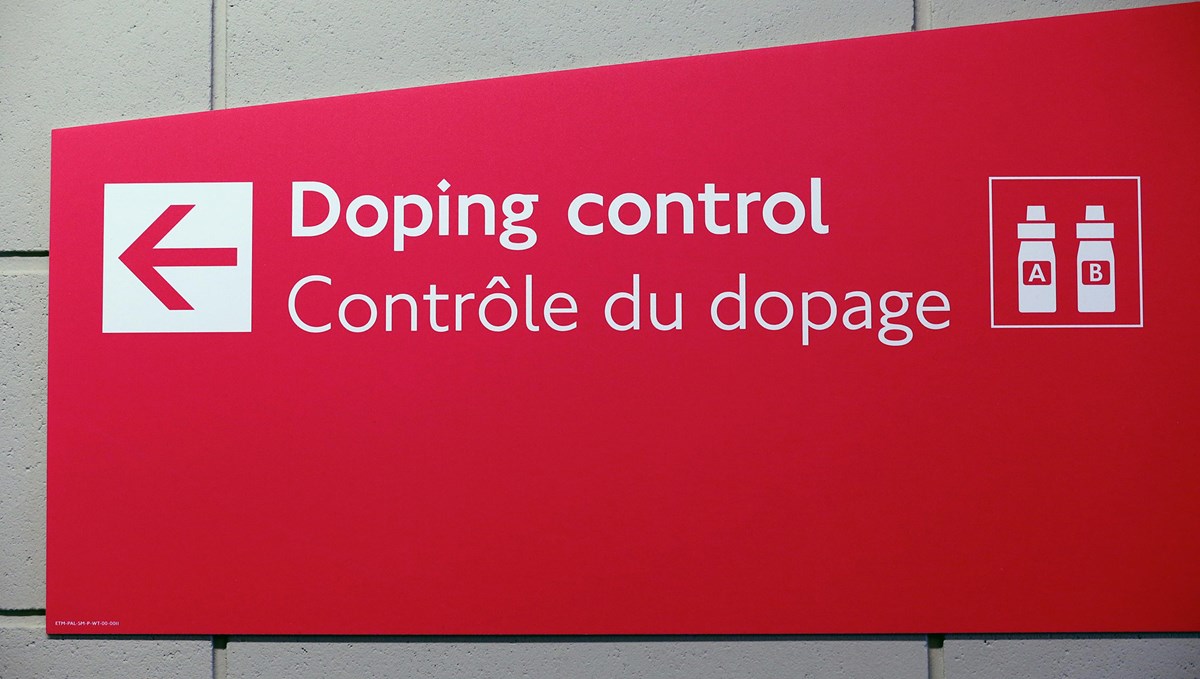Anti-doping: Rules

Players rights & responsibilities
Athletes are central to clean sport. Their actions, behaviours and choices determine how clean sport is. To make the global anti-doping system work, you together with other athletes around the world need to commit to your anti-doping responsibilities.
The World Anti-Doping Code states the roles and responsibilities that athletes have in relation to anti-doping. These are set out in the Athletes Anti-Doping Rights Act.
So, players must:
- Know and abide by the Anti-Doping Rules, policies and practices
- Be available for testing at all times
- Take responsibility for what you ingest or use
- Tell medical professionals that you should not use prohibited substances or methods, as per the WADA Prohibited List, and that any advice or treatment given to an athlete should not violate the Anti-Doping Rules
- Tell UKAD and the ITIA if you have committed an Anti-Doping Rule Violation within the last 10 years
- Co-operate in any doping investigations when asked to do so by the LTA, ITIA, UKAD or other Anti-Doping organisation
- Disclose the identity of your support personnel upon request
Strict liability
You need to take anti-doping seriously and fully understand the principle of strict liability.
Strict liability means that you are solely responsible for any banned substance you use, attempt to use, or is found in your system, regardless of how it got there or whether there was any intention to cheat.
In Anti-Doping, not knowing is not an excuse! Find out what you need to know here.
Anti-Doping Rule Violations
Doping is defined in the World Anti-Doping Code as the occurrence of one or more of the Anti-Doping Rule Violations (ADRVs). It's much more than a positive test. There are 11 ADRVs. All 11 apply to athletes, and seven (in bold) also apply to athlete support personnel.
- Presence
- Use or attempted use
- Evading, refusing or failing to submit to sample collection
- Whereabouts failures
- Possession
- Administration or attempted administration
- Tampering or attempted tampering
- Trafficking or attempted trafficking
- Complicity or attempted complicity
- Prohibited association
- Acts to discourage or retaliate against reporting to authorities

World Anti-Doping Code
The World Anti-Doping Code (Code) is the core document that harmonizes Anti-Doping policies, rules and regulations within sport organizations and among public authorities around the world. It works in conjunction with eight International Standards which aim to foster consistency among Anti-Doping organisations in various areas.
The Code was first published by the World Anti-Doping Agency in 2003. Prior to 2003, there was no one standardised set of rules for all sports and countries.
The Prohibited List details all those substances and methods that are prohibited for use in sport. It’s set by WADA and is updated on the 1 January each year.
The LTA Disciplinary Code includes provisions for Anti-Doping that are consistent with the National Anti-Doping Rules and the ITIA Tennis Anti-Doping Programme.
The ITIA runs the Tennis Anti-Doping Programme which applies to all players competing at all professional events including events sanctioned by the ITF, ATP, WTA and the Grand Slams.
The ITIA and UKAD publish details of currently sanctioned participants who have been found to have committed an ADRV in accordance with the World Anti-Doping Code. The UKAD list can be accessed here, and the ITF list here.
